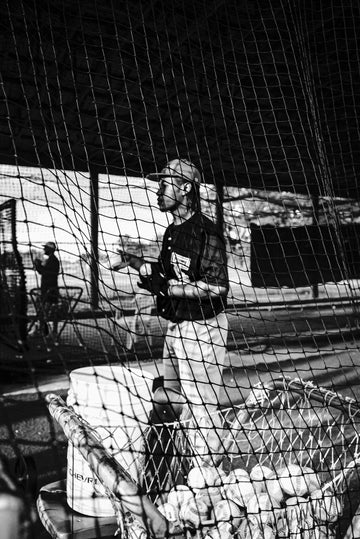The journey into college baseball recruiting is a dynamic process, and Division II brings unique guidelines for freshmen and sophomores that set the stage for an exciting progression. In this blog post, we'll explore the evolving landscape of Division II recruiting materials during the freshman and sophomore years and how the opportunities expand after June 15, immediately preceding the prospective student-athlete's junior year.
Recruiting Materials for Freshmen and Sophomores:
During the initial stages of the recruiting process in Division II, coaches are limited to specific materials they can share with prospective student-athletes:
- Questionnaires: Coaches use questionnaires to gather essential information about the academic and athletic backgrounds of potential recruits. This allows coaches to initiate the conversation and begin building a profile of prospective student-athletes.
- Camp Brochures: Information about camps and showcases becomes a valuable resource for athletes aiming to showcase their skills. Coaches can provide camp brochures, detailing upcoming events and creating opportunities for athletes to enhance their visibility.
- NCAA Materials: Understanding the regulatory framework of the NCAA is fundamental for both coaches and student-athletes. Division II coaches can share NCAA materials to ensure that prospects are well-informed about the guidelines that govern college athletics.
- Nonathletics Recruiting Publications: Coaches extend their reach beyond athletics by sharing nonathletics recruiting publications. These materials offer insights into academic programs, campus life, and other non-athletic facets of university life, helping athletes consider the broader context of their potential college experience.
Opportunities After June 15 Preceeding Junior Year:
The recruiting landscape undergoes a significant shift after June 15, immediately preceding the prospective student-athlete's junior year. During this time, Division II introduces a new set of opportunities and removes certain restrictions, signaling a more dynamic phase in the recruitment journey.
Official Visits: After June 15, prospective student-athletes entering their junior year are eligible for official visits. This immersive experience allows athletes to explore the campus, meet the coaching staff, and gain a firsthand understanding of the program.
No Limits on Recruiting Functions:
With the onset of the junior year, Division II coaches have increased flexibility in engaging with potential recruits. There are no limits on the following recruiting functions:
- Athletically Related Recruiting Materials: Coaches can provide comprehensive materials related to the athletic program, offering detailed insights into the team's culture, achievements, and future goals.
- Electronic Media and Transmissions: Communication takes a significant step forward with the inclusion of electronic media and transmissions, such as email, text messaging, and instant messages. This facilitates more direct and immediate interaction between coaches and potential recruits.
- Telephone Calls: Coaches can initiate telephone calls, opening up channels for more personal and in-depth conversations with prospective student-athletes.
- In-Person, Off-Campus Recruiting Contacts: Division II breaks down barriers by allowing coaches to engage in in-person, off-campus recruiting contacts. This face-to-face interaction provides athletes with a firsthand experience of the coaching staff's interest and commitment.
The Division II recruiting journey for freshmen and sophomores is a progressive and evolving process. By understanding the limitations of early-stage materials and the expanded opportunities after June 15, student-athletes can navigate the recruitment landscape with informed decisions, setting the stage for a transformative college baseball experience.





